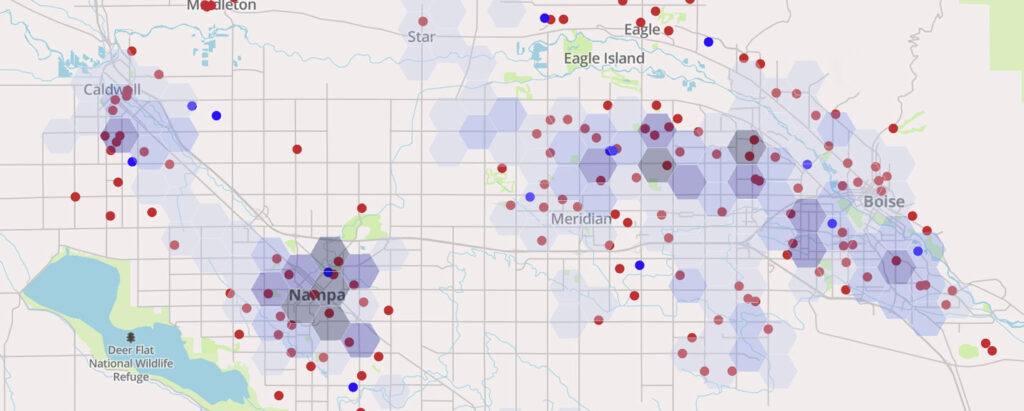
Making Sure Investments In New Schools Serve Students That Need It Most
This Post First Appeared In Education Post | By Angel Gonzalez
Ask anyone who lives in Boise and they’ll either proudly or wearily tell you that the region is growing. This is true for the area’s schools as well—in just 15 years the number of school-aged Idahoans in Boise and the surrounding region has grown by 39 percent. During this growth, Boise has also experienced demographic changes as lower-income and minority families move to the region.
What we see in Boise is the classic story of urbanization, a diverse range of people and families moving for economic opportunity and the hope for a better quality of life.
For those of us working in the Idaho education sector, growth and changing demographics bring about new challenges to ensure that school services match the changing needs of our population. I work for a non-profit organization called Bluum that is trying to respond to this challenge. We are responsible for leading an initiative to open 20,000 new high-performing school seats by 2024.
The goal is to invest in new school models that spur innovation in the state’s sputtering education system. Bluum is responsible for identifying high-performing school models and game-changing school leaders across the country in order to entice them to work in Idaho’s new school sector. To be honest, it’s pretty exciting stuff.
The work brings a list of responsibilities as we seek to help start new schools in the state. The one that keeps me up at night is ensuring our efforts actually help the state’s neediest students.
While we support traditional district and private schools, Bluum plans to most heavily invest in opening and expanding charter schools in Idaho. Bluum advocates for the expansion of charters because they are able to handle bureaucratic challenges nimbly and, under the right leadership, make a difference in the life of kids.
Although we want to invest in charter schools, we also want to ensure that the schools we support are actually serving those students in their community who need a great education the most. Charter schools in Idaho have historically served a lower concentration of low-income and minority students than their neighboring traditional district schools.
Our team spends a lot of time thinking about how we can reduce barriers to ensure our school investment recommendations serve high-need communities. One barrier that faces existing charters is their location. Idaho has one of the lowest per-pupil funding in the country, and charters here receive only about $250 a student for their facilities. Rather than building schools in denser, urban areas, many of our state’s charters are built in open areas on the outskirts of suburbs. These locations make it tough for families with fewer means to access these schools.
Another barrier that we have faced is a lack of data that best pinpoints where high-need communities can be best served by new schools. The concentration of minority students and low-income families are important indicators, but what if an area isn’t growing and what if the schools aren’t doing a bang up job in their particular community? We want to make sure that we truly target the areas with both the greatest need and the greatest demand for new schools.
This spring we worked with ECONorthwest to produce the report Treasure in the Valley: Demographic Chances and New School Opportunities in Ada and Canyon Counties to map new school opportunities in the Greater Boise area. Putting cost aside, we worked to pinpoint the areas that could benefit most from a new school. We did this by asking three questions:
- Where is the highest concentration of minority and low-income students?
- Where is this population of the region expected to grow, and;
- Where do schools underperform based on their current demographics.
We then integrated these three factors into one “School Opportunity Index” that provides our best insight thus far on exactly where we should be targeting the development of new high-quality schools.

These better insights do not mean that we can without a doubt say where every new school in the region should be placed. But, it is our hope at Bluum that we are providing a clearer sense of where a high-performing school can make the greatest impact for students.
—
Have something to say? Find us on Facebook and Twitter to share your comments!



